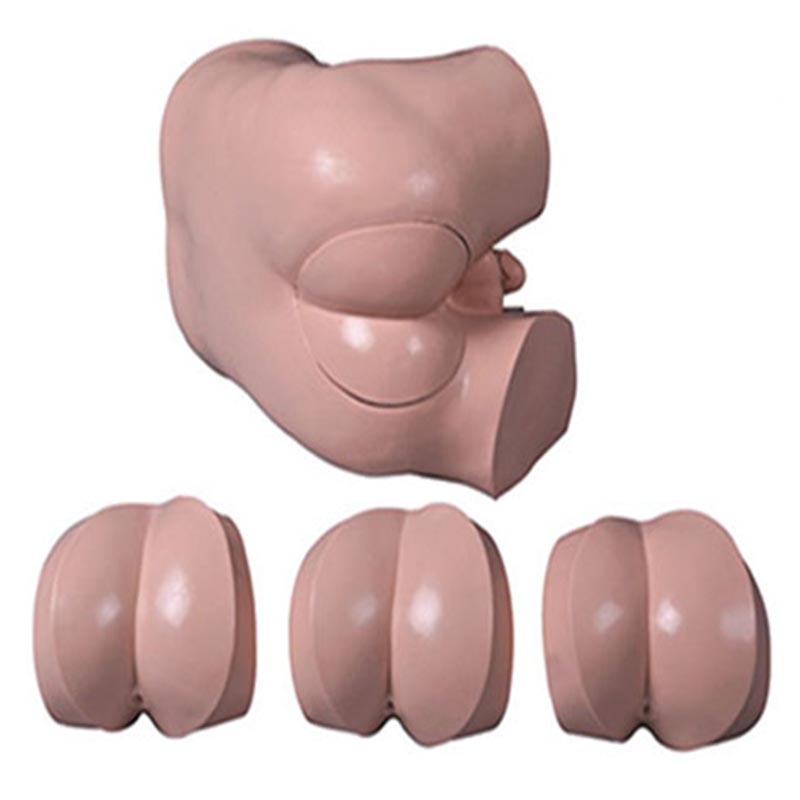07-06-2024
ADA MED SUPPLY LIMITED
Article tag: Operation mode of rectal examination
The core functional characteristics of the rectal examination operation model are mainly reflected in the following aspects:

High fidelity:
The rectal examination operation model is made of imported thermoplastic elastomer mixed with adhesive material, ensuring that the model has a high degree of imitation in terms of skin, elasticity and softness. This material is not only environmentally friendly, but also enables the model to accurately simulate the real human rectal environment.
The anatomical structure is clear:
The model was designed as an adult hip shape with obvious anatomical marks and key structures such as anus and rectum. This allows medical personnel to intuitively understand the structure and position of the rectum during training, improving the accuracy of the operation.
Rectal examination position simulation:
The operating rectal examination model simulates the left decubitus rectal examination position, which is one of the commonly used rectal examination positions in clinical practice. Through this simulation, medical staff can be familiar with and master the correct examination position and operation process in training.
Multiple intestinal disease simulation:
The model provided simulations of 13 different intestinal diseases, including rectal polyps, rectal cancer, etc. These simulated diseases can help medical staff identify the characteristics of various intestinal diseases in training and improve the accuracy of diagnosis.
Identification and practice of simulated feces:
The model also provided nine types of simulated feces for identification. These simulated faeces can be conveniently placed on the stool fixator, and the medical staff can practice and assess by observing and touching, etc., to improve the ability to evaluate faeces in the real environment.
Reusable and replaceable parts:
The rectal examination operating model is durable and can be practiced repeatedly. At the same time, the prostate-connected rectal parts of some models are easier to replace, which allows the model to be used for a long time and adapt to changes in different teaching needs.
Teaching auxiliary functions:
Many rectal exam operating models are also equipped with multimedia teaching resources, such as instructional CD-ROMs. These resources provide a wealth of teaching content and learning ways for medical staff to better understand and master the operation skills of rectal examination.
In summary, the rectal examination operation model has the core functional features of high degree of imitation, clear anatomical structure, simulated rectal examination position, simulation of various intestinal diseases, identification and practice of simulated stool, reusable and replaceable parts, and teaching AIDS. These characteristics make the operating model of rectal examination an important tool for medical personnel to train their rectal examination skills.